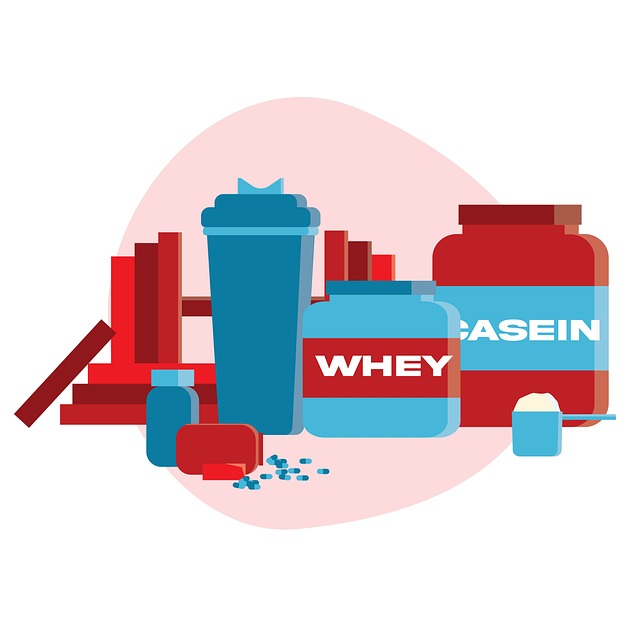When we think about healthy nutrition and a balanced lifestyle, protein often takes center stage. It’s one of the fundamental macronutrients our body craves, essential for maintaining muscle health, hormone production, and overall cellular repair. However, have you ever considered the process of protein denaturation? While the term might sound technical and intimidating, understanding it can profoundly influence how we approach our diets and health.
Protein denaturation refers to the structural alteration of proteins when exposed to external stress, such as heat, acidity, or physical agitation. This transformation might sound like a negative process, but it can also be harnessed positively in the cooking process. For instance, think about how cooking an egg changes its texture and appearance. The clarity of the raw egg whites turns into a firm, white mass once heated, making it more digestible. This denaturation process not only enhances flavor but also improves the bioavailability of proteins, allowing our bodies to absorb nutrients more efficiently.
In the pursuit of a healthy lifestyle, understanding protein denaturation can be a game-changer. Many individuals lean towards raw diets in the belief that uncooked foods offer the highest nutritional value. While it’s true that some nutrients might be preserved in their raw form, others, like certain proteins, may be less accessible. Cooking can break down tough protein structures, making them easier to digest and absorb, thus playing a crucial role in our nutritional intake.
Moreover, the way we prepare our meals makes a significant difference. Grilling, steaming, or baking can lead to different degrees of protein denaturation. For example, sautéing can result in slightly denatured proteins, enhancing the flavor and nutritional profile of vegetables and meats alike. The art of cooking should be viewed as an essential skill in promoting healthy nutrition rather than a mere chore.
As we strive for a balanced lifestyle, awareness of how heat and processing methods impact protein can guide our choices. Sourcing high-quality proteins from various sources, such as lean meats, beans, legumes, and dairy, complemented by understanding the implications of cooking methods, creates a rich tapestry of nutrition. Don’t shy from various cooking techniques; instead, embrace them as important allies in your quest for better health.
Ultimately, embracing the concept of protein denaturation adds depth to our understanding of nutrition and health. It invites us to reconsider our food choices as elements of a greater wellness journey. By merging wholesome protein sources with appropriate cooking methods, we set ourselves on a pathway to not only nourish our bodies but also foster enjoyment in our meals. Nutrition is not just about filling our plates; it’s about connecting to our food and understanding the science that makes it beneficial for our bodies.



